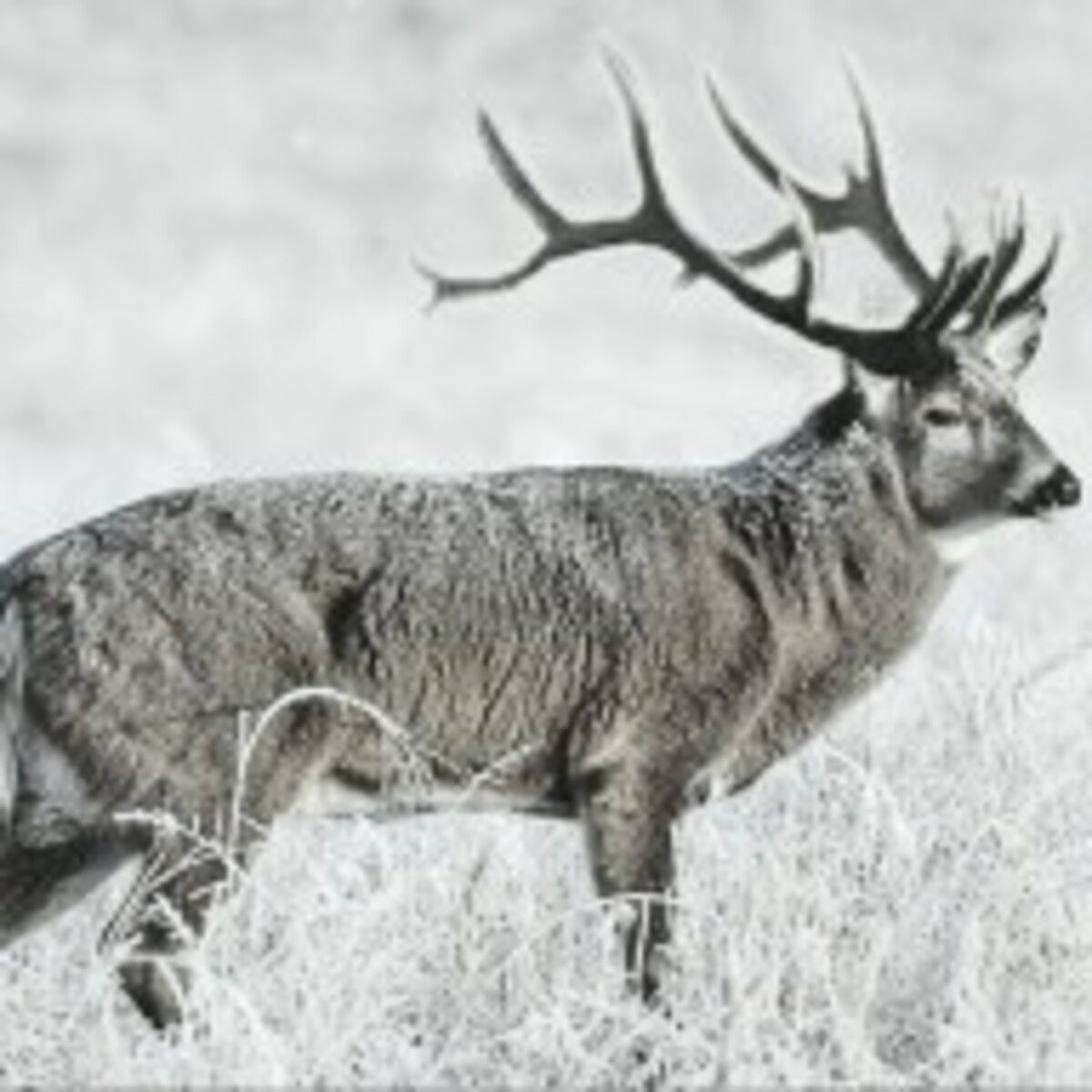
Photo: FWC
As Elon and the gang continue to capture the Fat Cats in Washington, a team of researchers from Florida’s Fish and Wildlife Commission is doing a bit of the same. According to a recent Facebook post by the state agency, FWC biologists believe that they have captured the fattest cat in the history of Florida fat cats.
In an operation headed up by FWC’s Fish and Wildlife Research Institute, state biologists routinely collar Florida panthers in an effort to effectively monitor their movements and statewide population levels. With an estimated 200 cats roaming the state, the Florida panther is listed as an endangered species and use these collaring activities for management strategies that will ensure the long-term survival of these tropical cats.

Photo: FWC
“The GPS collars deployed on panthers allow researchers to track movement patterns survival, reproduction and habitat use, all of which help inform science-based management strategies that are critical to the recovery of this population,” the post read.
According to FWC, the record-sized panther, which officially weighed in at 166 pounds, was captured in a residential community that borders the Babcock Ranch Preserve just outside of Fort Myers. Using hounds to tree the large cat, researchers from the Institute then use an air-powered tranq gun to sedate it. As the pictures provided by FWC suggest, team members then place a padded surface on the ground or hold a net to help safely catch the sedated cat on its way out of the tree.

Photo: FWC
In addition to collaring, biologists will perform a health screening by taking blood and tissue samples while they have the animal in their possession. With a new disorder on the landscape that seems to be affecting Florida panthers and bobcats, FWC has termed the condition feline leukomyelopathy (FLM).

The lion spotted in Colorado
The condition that is expressed via rear leg weaknesses and difficulty closely mirrors a condition that has been affecting Colorado's mountain lions as well.

